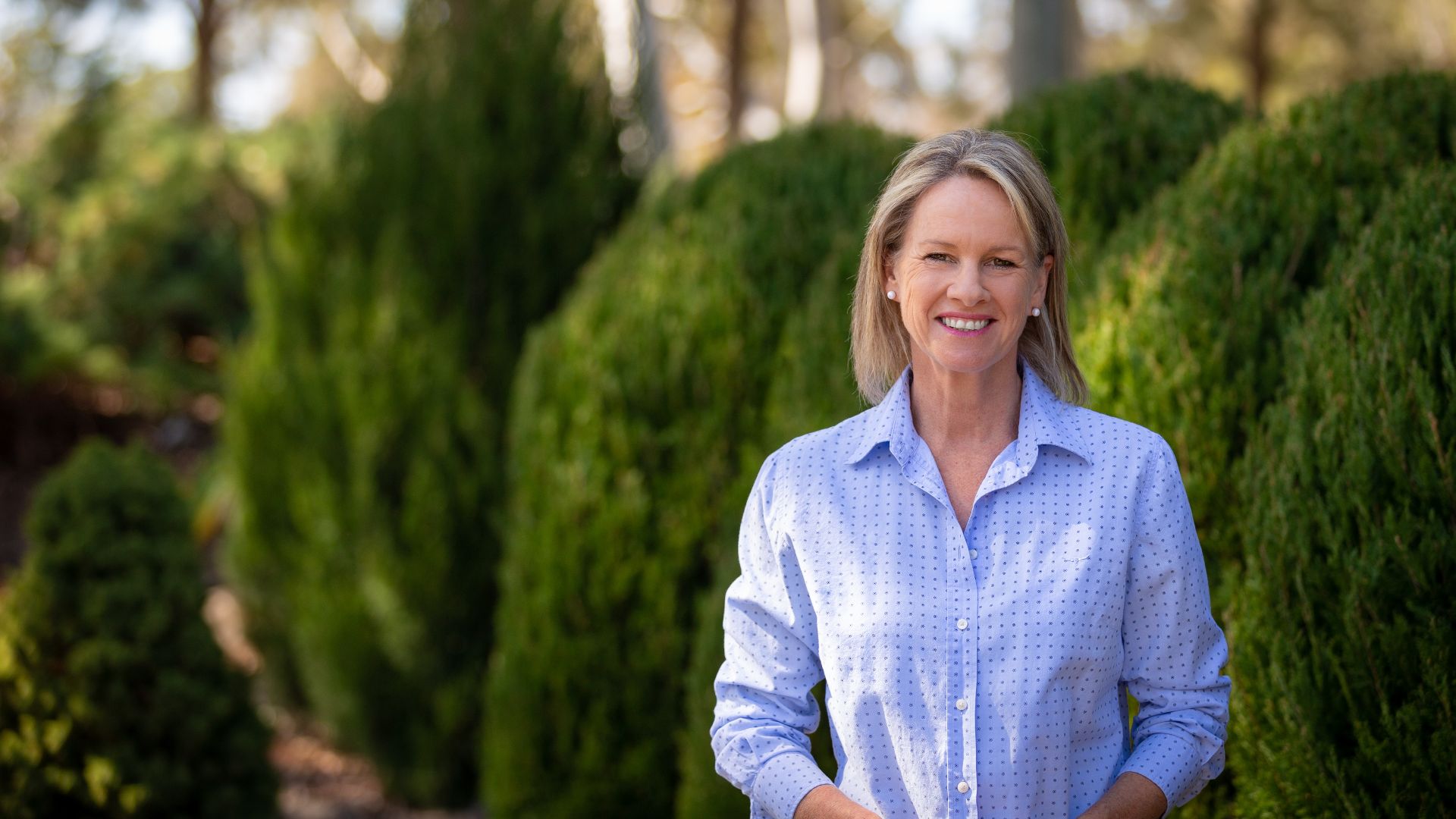Tomorrow is the United Nations' International Day for Rural Women and I am proud to be a member of the hardworking and strong community of women living and working in rural Australia.
I love living in rural Australia, there is nowhere else I would rather live. There is a sense of community and closeness that you just don’t get anywhere else. It is that tight-knit sense of community that is providing a source of comfort for all of those rural Aussies battling with the nation’s drought. However, although some of today’s media coverage will have you believe it is all doom and gloom for our nation’s rural areas, there are many positives of rural Australia, and one is its women.
People in rural areas are down to earth, level headed and practical, they just get on with it and do. It is this type of mentality that makes me take my hat off to Australia’s rural women. The capability of women in regional areas is truly extraordinary, and the statistics on the contribution of rural and regional Australia demonstrate how valuable these areas, and the men and women working in these areas, are to our nation.
One third of Australia’s population lives outside of the cities. Rural and regional Australia is responsible for around 67 per cent of our exports and 45 per cent of domestic tourism. These are impressive figures and prove the people in these areas should be supported and championed.
So the UN's International Day for Rural Women is such an important day because it is a day where our nation can stop to acknowledge and appreciate all of the hard work rural women in Australia do.
Historically many women in rural areas were seen as wives or the partners of farmers, and I want to shine a light on how much this perception has evolved. Today’s rural women wear so many different hats. Many are mothers, farmers, entrepreneurs and innovators, politicians and councillors, they own small and large businesses, and are business, industry and community leaders. How they jump between different roles and move from different facets of life is quite amazing, and through these roles, they contribute greatly to their communities and our nation.
Something I want to highlight is that when it comes to business and economic and regional development, we need to pay attention to women. Women bring something different to the table; because of the experiences and challenges of rural women, they have a different way of thinking and a different set of skills, which are so valuable for economic and regional development. From my time working in rural and regional Australia, I have found the women in these areas very practical. Many are absolute dynamos in their local communities and I have been so impressed by the leadership and confidence they demonstrate.
Having both male and female heads around the room is smart business because you get a better set of ideas, opinions, solutions and skills that can move things forward. Having more women at the table during the decision-making process means better decisions and better results.
As a nation, more should be done to create greater opportunities to include rural women in decision making. There are plenty of opportunities in rural and regional Australia for women, but there are challenges.
Whether it is driving four hours just so their child can play in a sporting competition or attend a medical appointment, to juggling how their livelihood, business, and community will overcome and manage weather disasters such as floods, fire and drought, these women show determination in all circumstances and get the job done.
Accessing education, healthcare, employment, and long-term and varied career prospects can be tougher for rural women. But I don’t think it has to be. I don’t think people in rural and regional areas should settle for second best: they deserve to have access to quality professional services, education and career prospects.
Strengthening the opportunities for people in rural and regional Australia is one of the reasons I work at Charles Sturt University. I believe in the opportunities and contribution the University makes for rural and regional areas. Charles Sturt is making a direct contribution to filling workforce gaps in rural and regional areas.
On average, 80 per cent of our graduates go on to practice their profession in a regional area. If you couple that regional training with rural origin, they are even more likely to work in a rural and regional area.
This means that rural women have more opportunities to get qualified and work as professional in rural and regional Australia.
The University is committed to playing an active role in growing stronger regional communities. Many of the courses at Charles Sturt are tailored to cover regional needs. The new Joint Program in Medicine between Charles Sturt and Western Sydney University is just one example of how we are leading the way to ensure future doctors are trained to meet the health needs of people in rural and regional Australia. Our University has campuses in many regional areas: we are part of rural and regional Australia. Charles Sturt makes a significant economic contribution to the regional communities where we have our campuses. We have around 2,000 full-time employees and generate around $619million in Gross Regional Product across our campus areas.
The opportunities for education and further education are key for success and sustainability into the future. I want all of Australia’s rural women to know there are plenty of options out there for them, that they are so important to making our nation successful, and what they do is incredibly valued. People living in rural and regional areas inspire me to continue being a public voice that asks for more recognition, more support, more funding, more educational opportunities, and more economic and regional development, to strengthen these areas.
Thank you to Australia’s rural women; you are all key to creating a bright and successful future for Australia.






Social
Explore the world of social